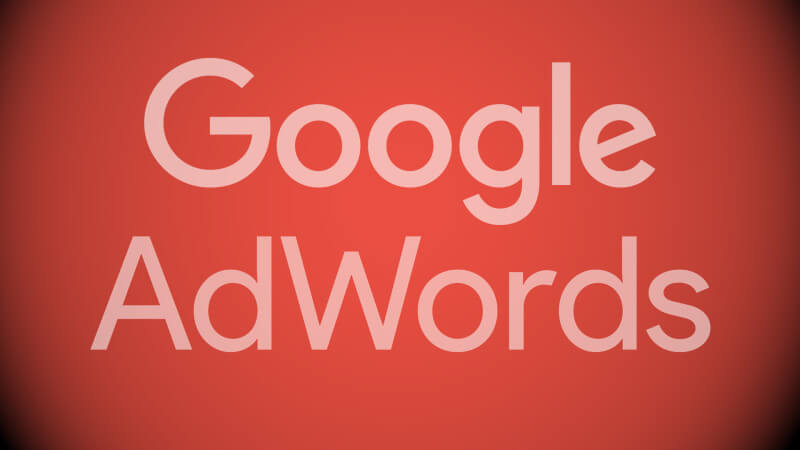
Recently, enterprise-focused Google representatives have been encouraging a metric called “Relevance,” which is believed to be one of the three main factors that make up Quality Score. Relevance is a metric which evaluates how pertinent your ad creative is to your account structure and keywords.
At AdBasis, we have spent Q1 speaking with enterprise-level advertisers about changes being implemented to account structures and to ad units (creative) in order to improve their relevancy scores as recommended by Google. This often means that advertisers need to implement hyper-specific ads to every ad group in their accounts.
As a result, we have seen the demand for scaled ad implementations, ad unit management and creative optimization grow dramatically. This article is designed to give you a standard for what your creative should look like within every ad group. I’m going to dissect the anatomy of ad structure, showcase some best practices and provide some additional commentary.
Overall shift in the structure of enterprise accounts
AdWords accounts are growing larger and larger. I am not talking about overall spend — I am talking about the number of campaigns and ad groups within a single AdWords account. Whether you’re using Single Keyword Ad Groups (SKAGs) or something close to it, chances are the number of ad groups in your account has grown significantly. SEMs everywhere are hit with a new set of challenges related to this shift.
If your account has been evolving, chances are your existing creative is fragmented and unmeasurable; this is a major problem. One of the biggest challenges is the management, implementation, measurement and optimization of the associated ad units. And now, with Google’s new push for extremely granular ad copy relevance, your generic ad copy will no longer work.
So, what does a high-quality search ad look like?
The anatomy of a highly relevant search ad
Just as the human body can be dissected and understood, so can your search ads. Here we will evaluate the different “organs” that make up a search ad and how they can be altered to improve performance. Understanding how Google will evaluate your ad copy based on keyword + search term is vital to understanding how to structure your creative in bulk.

The elements of a search ad that are most vital to determining relevance are as follows:
- Headline 1: This is the most important place to use your search term. Google ranks ads well when keywords are used in Headline 1 and users understand your ad is relevant to what they want. But how can you use the search term creatively and draw attention from the crowd?
- Pathways: Using a search term at least once in your pathways is the second most powerful location within the ad; it conveys to the user that the link you are taking them to is both reliable and relevant.
- Description: Creatively delivering your message while simultaneously using your search term in the description for every ad group is challenging. Below, I will show you some examples.
Ad copy standardization: creating dynamic ad templates
In order to combat the problem of fragmented and differing creative at the ad group level, standardization through dynamic ad templates across similarly behaving ad groups is a great technique.
What does that mean? It means designing ad copy templates such that the search term can be inserted based on the ad group, but the ad copy surrounding your search term is relevant, flexible and testable. This can be achieved using feed-based technologies to dynamically insert ad content based on ad group or campaign.
(I’m not going to get into tech setup since that’s beyond the scope of this article, but you can learn more about generating feeds and feed-based technologies here.)
Okay, so what should your dynamic ad templates look like?
In the examples below, I will showcase how feeds can be used to dynamically insert unique creative based on the ad group or campaign (ad group and campaign are the two levels of hierarchy to which creative can be mapped).
The highlighted text in the examples below represents ad copy that is not static; it is written in a way that can be swapped out or changed based on the needs of the advertiser and how the account is set up. Imagine the highlighted elements are changing based on your ad group.
The goal of these templates is to map search terms to specific ad groups in ways that make sense in ad copy.
For lead generation companies
The company in the example below has ad groups for specific action verbs (Browse, Search, Find and so on) and Makes/Models of vehicles (e.g., Toyota, Honda, Mercedes). From this, they could create a feed of action verbs by ad group, a list of “Makes” by ad group, and a list of “Models” by ad group. These variables would change dynamically based on the content in their feeds.

As you can see, this particular ad copy template would work across hundreds or thousands of ad groups which are geared toward different keywords and Makes/Models. You’d keep the quality of your ad copy relevance and be able to measure the performance of this creative template.
For e-commerce brands
Through the use of dynamic templates, e-commerce brands can implement, manage and measure ad copy in bulk. Knowing if “BOGO” vs. “50% Off” works best for particular audiences or product categories is vital information. But often, this is very difficult to execute at scale without sacrificing ad relevance.
Here is an example of a scaled ad template that can be used by e-commerce brands. The makeup of this ad template includes an audience variable (Men or Women), product category variable (Shoes, Shirts, Pants) and discount percentage (mapped to the product category).
[Read the full article on Search Engine Land.]
Some opinions expressed in this article may be those of a guest author and not necessarily Marketing Land. Staff authors are listed here.
About The Author

Popular Stories
